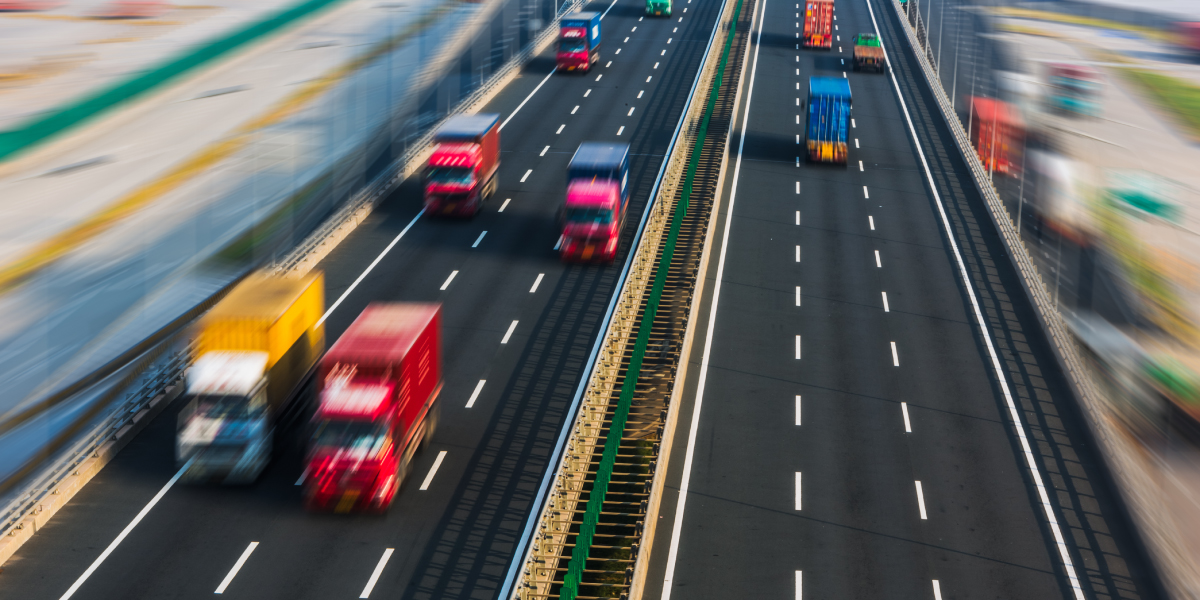In developing economies, transportation infrastructures are considered a growth factor. But is this still true when the economy matures? Bishal Kasu and Guangqing Chi answer this question using recent (1970–2010) county-level data in the continental United States.
Do transportation infrastructures contribute to development?
It is commonly assumed that transportation infrastructure aids in population growth and economic development. Developing countries have made enormous investments in the construction of transportation infrastructure. Networks of railroads, highways, and airports have enhanced mobility and contributed positively to economic development through efficient movement of goods and people between and among rural and urban areas in developing countries. Through improved transportation infrastructures, workers in developing countries have better access to jobs, manufacturers to markets, the sick to health clinics, and students to schools and universities. Broadly, transportation infrastructures complement each other and influence urban growth, economic growth, and economic productivity. However, how long will transportation infrastructures continue to contribute to economic growth in developing countries? Is there a saturation point? We tried to find out the answers to these questions using the experience of the United States, a developed country where construction of most major transportation infrastructure is almost complete. In the United States, railroads, highways, and airports have operated in conjunction for decades. Do these transportation infrastructures truly always stimulate economic growth? If transportation infrastructures always behave as a growth force, as perceived and advocated, then these three modes of transportation—railroads, highways, and airports—should have positive relationships with population and employment change.
Kasu and Chi (2018) took a comprehensive approach, aiming to understand the effects of transportation infrastructure using 40 years of county data, analyzing together three major modes of transportation infrastructure — railroads, highways, and airports — while controlling for spatial process effects. We identify two dependent variables (population and employment changes), three independent variables (railroads, highways, and airports), several socioeconomic control variables, and five time periods (1970–1980, 1980–1990, 1990–2000, 2000–2010, and 1970–2010).
Our Findings: The Evolving and Complementary Impacts of Transportation Infrastructure on Growth and Development
Our findings show that transportation infrastructures are involved in not just one, but multiple relationships with the economy and development. For example, railroads have a negative effect on population and employment change during the study period that corresponds to manufacturing decline, indicating that railroads play a distributive role and help in redistribution of population and employment. The study suggests highways have mostly no statistically significant effect on population and employment change. This means that highway infrastructure does not produce any significant population or employment change; rather, it plays a facilitator role for the flow of people, materials, and raw and finished products. Airports have a positive impact on population and employment change for the overall period of 1970–2010. Airports were poles of growth contributing to population and employment during the study period.
The findings of the study show that transportation infrastructures do not have uniform effects on population and employment change. The associations of the three major transportation infrastructures with population and employment are dynamic. Transportation infrastructures have all forms of relationships—negative, neutral, and positive—with population and employment change. Negative effects distribute population and employment, positive effects stimulate growth, and neutral relationships do not significantly change the composition of population and employment. This can be understood from a demand and supply perspective (Xie and Levinson 2011). In the changing environment of demand from population for land use, transportation infrastructures diversify their role from growth factors to facilitators and dispersive forces of demand and supply (of transportation infrastructure). Diversification of these roles indicates that transportation infrastructures have evolved from a pure growth factor to an essential, multifaceted developmental element of human society. During this process, transportation infrastructures become increasingly complementary to each other. With improved operation, maintenance, and management of the systems, transportation infrastructures can efficiently serve the economic needs of the country.
Implications for Developing Economies
These evolving and complementary roles of transportation infrastructures have an important implication for developing countries, where land use change (demand) is high and access to transportation infrastructures (supply) is low. Additionally, the association between transport disadvantage and social exclusion of low-income populations is high in developing countries, despite these countries’ intentions to develop socially sustainable transportation systems in general (Lucas 2011). Lack of regular access to transportation systems prevents poor households from participating in and contributing to economic and social development.
Three important lessons can be learned from our study. First, the construction of strong networks of transportation infrastructures—railroads, highways, and airports—is essential for a country’s economic development. Second, diversification of transportation infrastructures’ roles occurs gradually over time. Third, during this process, transportation infrastructures complement each other’s roles—distributive, facilitative, and growth—to create demands in different parts of the country and facilitate supply systems. Our study, which was set in the United States, suggests that even though transportation infrastructures contribute to economic growth in the beginning, they could change roles when the country’s economy matures over time and could contribute to building a more inclusive society and an even distribution of social effects of transportation in the long run.
References
Kasu, Bishal Bhakta, and Guangqing Chi. 2018. “The Evolving and Complementary Impacts of Transportation Infrastructures on Population and Employment Change in the United States, 1970–2010.” Population Research and Policy Review 37(6): 1003–1029.
Lucas, Karen. 2011. “Making the Connections between Transport Disadvantage and the Social Exclusion of Low-Income Populations in the Tshwane Region of South Africa.” Journal of Transport Geography 19:1320–1334.
Xie, Feng, and David M. Levinson. 2011. Evolving Transportation Networks. New York: Springer.


